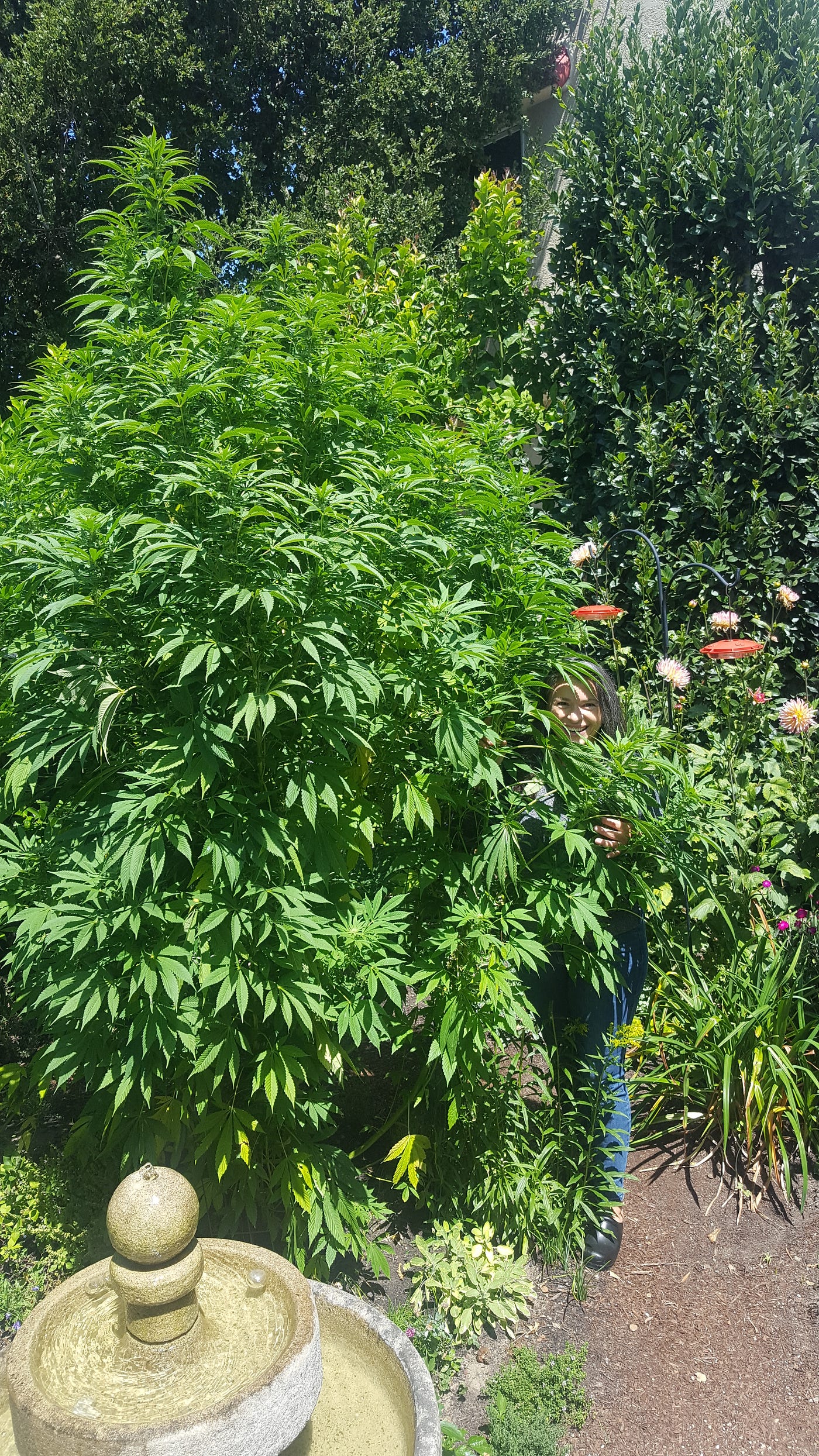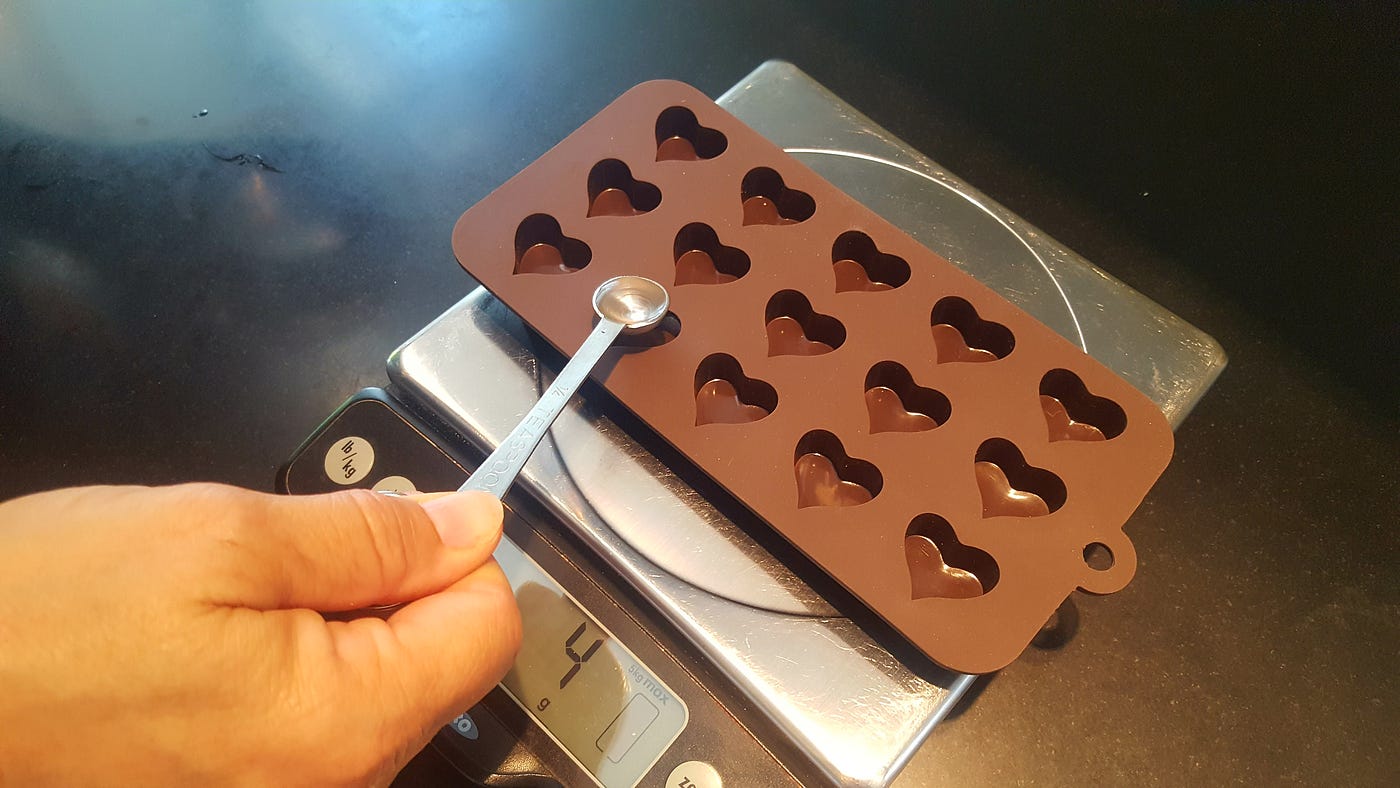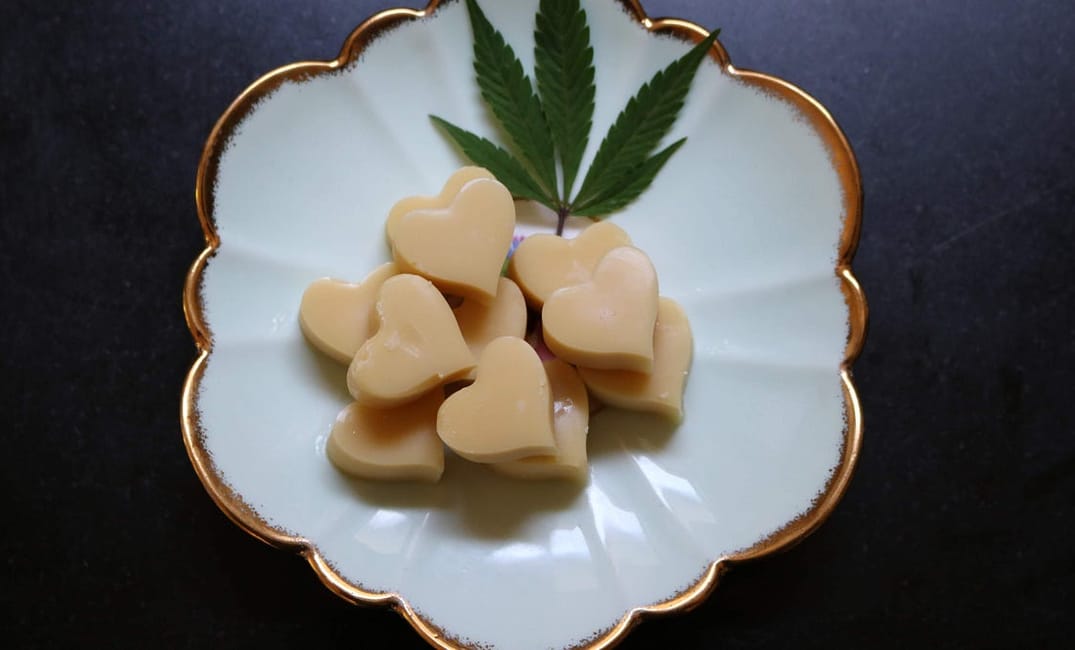
If you have a uterus, you’re probably no stranger to menstrual cramps. Reportedly, 84.1% of women experience menstrual pain, and among those, 43.1% experience pain with every period. A recent study exploring how dysmenorrhea and other menstrual symptoms impact women’s daily lives concluded that one in three women is unable to perform regular activities when such symptoms are present. And in those instances, half of the women don’t tell their families that their periods are affecting them.
Despite the prevalence and sometimes debilitating nature of menstrual pain, a quick Google search for solutions leads to over-the-counter NSAIDs (nonsteroidal anti-inflammatory drugs), such as aspirin and ibuprofren, as well as hormonal contraceptives, such as birth-control pills or certain IUDs. If medical issues such as fibroids or endometriosis are causing the pain, surgery may be necessary.
Touted in the media as “weed tampons” — which they are decidedly not, since they don’t actually absorb menstrual blood — the suppositories offer potential relief from menstrual cramps by delivering THC and CBD directly where they were needed.
Ultimately, there’s no cure for menstrual cramps, leaving those of us with uteruses to navigate options on our own with good old-fashioned trial and error (what else is new?).
After years of taking Advil, birth-control pills, and Chinese herbs, I started to explore cannabis about a decade ago, mostly through smoking and edibles, to address the menstrual pain I’ve experienced for most of my life. Since then, I’ve discovered that cannabis’s ability to address inflammation, nausea, and sleeplessness is more flexible and reliable than anything else I’ve tried.
Then Foria changed the game by introducing cannabis-infused suppositories. Touted in the media as “weed tampons” — which they are decidedly not, since they don’t actually absorb menstrual blood — the suppositories offer potential relief from menstrual cramps by delivering THC and CBD directly where they are needed.
“Suppositories are in the very area where you’re having your menstrual cramps,” says Barbara Blaser, director of clinical services at Oakland dispensary Magnolia Wellness and a registered nurse for over 50 years. “The medicine doesn’t have to travel from your brain down into your abdominal area. It gets absorbed in that area’s sensitive tissue and immediately becomes available for pain relief.”
But the perfect storm of federally illegal cannabis and cramps being a “female issue” means science and medicine still have catching up to do. “Most of the information you’re going to get on cannabis use is going to be anecdotal,” Blaser explains.

That’s why I jumped at the chance when the opportunity came to write about making these homemade weed suppositories.
I decided to enlist the help of my friend and workshop collaborator Penny Barthel, a certified cannabis horticulturist with a degree in nutrition and food science from UC Berkeley. Penny knows how to develop cannabis recipes and has been making her own weed-infused tinctures and salves for some time.
But first we needed supplies. We wanted our suppositories to contain CBD and THC, both of which are effective at relieving pain and inflammation. Not only that, but when they’re both present, the CBD mitigates the THC’s impact, so the user probably won’t feel much—if any—intoxicating effects.
I had a 500 mg bottle of Pure Bloom Full Spectrum CBD Oil, which I’d received as a press sample, and one gram of THC-rich Antidote Strawberry Banana Sauce, which I’d purchased on a whim. I even maneuvered the real-world fever dream that is Michael’s (seriously, that place is my worst nightmare) and passed over unicorn and star shapes to select a heart-candy mold that was perfect for our project.
We don’t have the hard science to tell us that weed will absolutely work for anything — you have to just try it, see what happens, and adjust accordingly.
The most challenging aspect of creating your own cannabis-infused anything is making it dosable. Cannabis is all about trial and error. No matter what a budtender or a brand says the effects will be, everything from your level of tolerance to your body weight to your mood to what you ate for breakfast can impact your experience. We don’t have the hard science to tell us that weed will absolutely work for anything — you have to just try it, see what happens, and adjust accordingly.
That’s why it’s best to start with a lower dose, because while you can always add more (say, by eating the other half of an edible), you can’t subtract (if you eat the whole edible and it ends up being too strong, you have to just wait it out). Since I’d never tried suppositories, starting with a low dose of 5 mg and building up seemed better than targeting the 60 mg that Foria uses and potentially being overwhelmed by the stronger potency.
So we decided we wanted our suppositories to contain a 1:1 ratio of CBD to THC at a maximum dose of 5 mg each. That meant we had to determine the amount of CBD in one full dose of CBD oil, then add enough doses to our entire batch of cocoa butter to yield 5 mg of CBD per heart.

Since we were relying on a heavily concentrated sauce for our THC, we melted a separate 50 ml batch of coconut oil in the microwave and added the entire jar of sauce, effectively diluting it. At the end of that process, we needed to add only a teaspoon of our THC-infused coconut oil to our CBD-infused cocoa butter to deliver the 1:1 ratio we were aiming for.
Once the ingredients were combined, we spooned our infused oil into the heart-shaped mold and put it in the freezer to set. Within 20 minutes they were solid. I took mine home and placed them in the fridge. About four days later, my period arrived. I decided to try them at bedtime for two nights in a row.
Did they work?
Well, that’s hard to say.
I had some cramping, but it was manageable. And I already layer cannabis products: I smoke a joint for pain and relaxation, eat an edible at night to soothe inflammation and help me sleep, and supplement all of that as needed with a CBD-rich oil or tincture. The suppository was the newest addition to a self-care regime I’ve been refining for years, which also includes making dietary adjustments—I cut out sugar and dairy and was also supposed to quit caffeine, but let me live.
While I can’t definitively say that the suppositories worked, the fact that I wasn’t doubled over with cold sweats means my overall process, which happened to include suppositories, did work. I think that making them is worth the trouble, and not just for menstrual cramps — people who have trouble swallowing medicine may also benefit from trying them rectally.
Being able to pluck medicine from the garden or weed drawer for personal use is pretty empowering. Now that I know how to make cannabis suppositories, I can experiment with the recipe until I find my perfect formula.
And next time I’m getting the unicorn mold.
Here’s our recipe for 1:1 CBD:THC Cannabis-Infused Suppositories:
70 grams of cocoa butter
50 grams of coconut oil
75 mg of CBD oil*
1 gram of THC-rich concentrate (we used sauce)**
Candy mold or ice tray
Directions:
Using a microwave or double boiler, gradually melt the cocoa butter. Once it’s melted, remove the cocoa butter from the heat and add CBD oil. Stir until combined.
In a separate bowl, gradually melt the coconut oil. Add the full jar of concentrate, and stir to combine. If you come across small crystals, that’s THC. Continue melting the infused oil in short 10-second bursts in the microwave, and use a spoon to crush the crystals until they dissolve.
Stir 1 teaspoon of the THC-infused coconut oil into the full batch of CBD-infused cocoa butter until combined. Fill the mold or tray with the completely infused oil. Place it in the freezer for at least 30 minutes to set.
Notes on figuring out the dosage:
*When using something easily dosable, like CBD oil or tincture, to infuse your oil, the math is pretty easy. If the bottle of CBD oil contains a total of 500 mg of CBD, and a full dropper equals 30 ml, dividing 500 by 30 tells you that there’s 16.7 mg of CBD in each full dose.
Since we were making 15 suppositories, we multiplied 15 doses by 5 mg, which equals 75 mg of CBD total. To determine how much CBD oil we needed, we divide 75 mg by 16.7 mg per dropper, which equals about 4.5 full droppers (75 mg total) to cover the batch. This would result in 5 mg of CBD for each heart.
**Incorporating the THC was more complicated. We had 1 gram of sauce, which contained a whopping 850 mg THC. Using our 5 mg target, the THC broke down to 170 doses in the entire jar — way more than we needed for our purposes, but once again, math saves the day.
To measure the amount needed, we diluted the sauce by infusing a separate 50 ml batch of coconut oil with the entire gram of sauce, which yielded 17 mg/ml of THC-infused oil. Adding 4.5 ml (basically 1 teaspoon) of THC-infused coconut oil to our 75 mg of CBD-infused oil yielded 5 mg of THC per 5 g heart, giving us the 1:1 ratio we were looking for.







